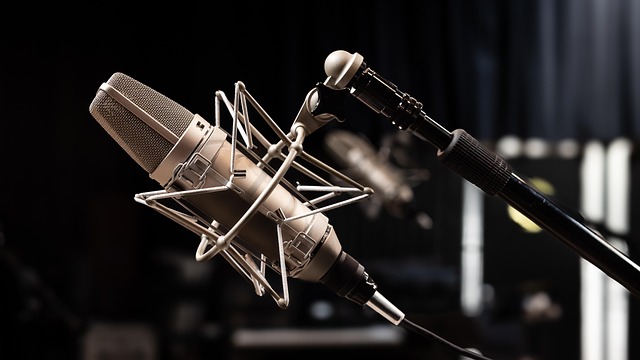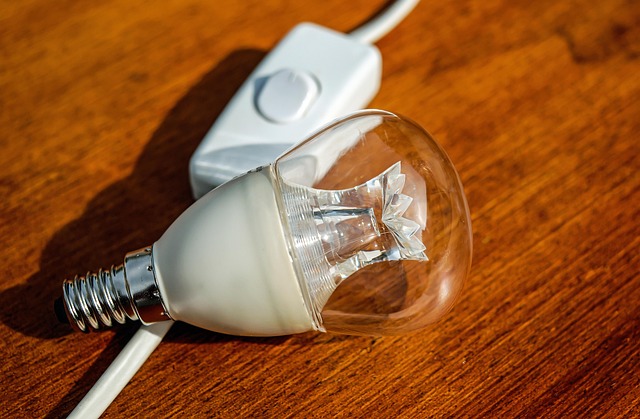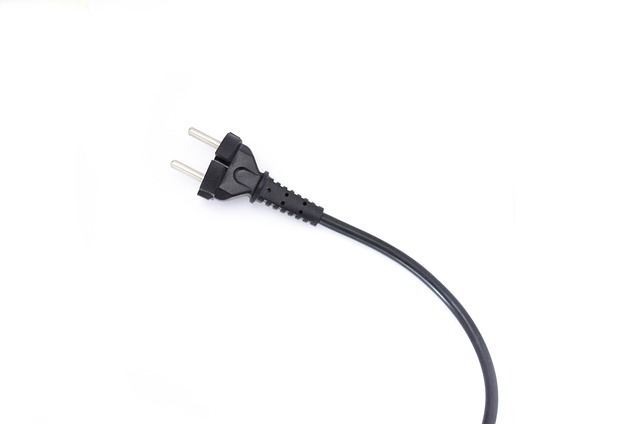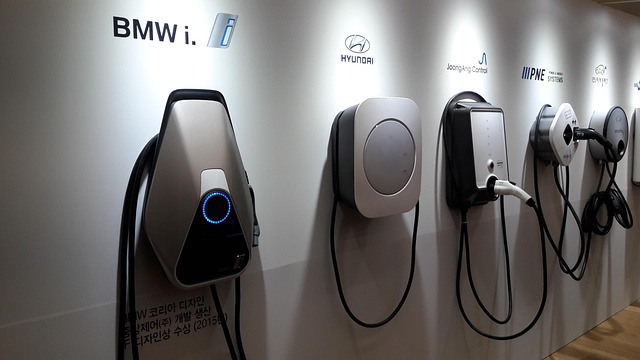The Ultimate Guide to Household Connectors: Everything You Need to Know About Cable Connectivity
In today’s digital age, cables are ubiquitous in our lives. Whether it’s our televisions, computers, or home audio systems, the household connector plays a crucial role in ensuring seamless connectivity and functionality. Understanding these connectors can enhance your home experience and ease your tech-related frustrations.
What is a Household Connector?
A household connector is a device that links various electronic components within your home. These connectors come in many shapes and sizes, each designed for specific purposes—be it transmitting audio, video, or data.
Types of Household Connectors
In this section, we’ll explore the most common household connectors you’re likely to encounter:
- HDMI Connectors: High-Definition Multimedia Interface (HDMI) connectors are essential for modern televisions and entertainment systems. They carry both audio and video signals in high definition, making them a favorite for home theater setups.
- USB Connectors: Universal Serial Bus (USB) connectors are the backbone of data transmission. From charging your devices to transferring files, USB connectors come in various types such as USB-A, USB-C, and Micro USB.
- Ethernet Connectors: If you’re tired of buffering while streaming your favorite shows, an Ethernet connector can be your best friend. Wired connections offer faster speeds compared to Wi-Fi, making them ideal for gaming and high-definition video streaming.
- Audio Connectors: These connectors, including 3.5mm jacks and RCA plugs, are vital for linking speakers, headphones, and microphones. Whether you are enjoying music or engaging in calls, the right audio connector ensures clear sound quality.
Choosing the Right Household Connector
Choosing the correct connector can significantly affect your device performance and your overall audio-visual experience. Here are a few tips to help guide your selection:
- Know Your Devices: Before purchasing any connectors, familiarize yourself with what ports your devices have. This will save you time and frustration during installation.
- Assess Quality: Not all connectors are created equal. Investing in high-quality connectors can prevent signal loss and improve durability.
- Future-Proof Your Setup: Consider the connectors you might need in the future. Opt for connectors that support the latest technologies to ensure compatibility with upcoming devices.
Troubleshooting Common Connector Issues
Even the best connectors can run into issues. Here are some common problems and solutions:
- Loose Connections: Ensure that connectors are securely plugged in. A loose connection can lead to poor performance or a complete blackout.
- Signal Loss: If you experience disruptions, check for any damages in the cables or connectors. Sometimes, simply replacing a worn-out connector can make all the difference.
- Compatibility Issues: If a connector doesn’t seem to fit, don’t force it. Check the specifications of your devices and connectors to avoid damaging them.
Maintaining Your Household Connectors
Maintenance can extend the life of your connectors and improve their performance:
- Clean Regularly: Dust and dirt can accumulate around connectors, leading to connectivity issues. Use a soft cloth to clean them gently.
- Store Properly: When not in use, store your connectors in a cool, dry place. Avoid bending cables excessively, as this can damage the internal wiring.
Conclusion
By understanding household connectors and how they function, you can optimize your electronic experience at home. Knowledge equips you to make informed decisions and troubleshooting becomes a breeze. Embrace technology with confidence, knowing that you’re grounded in the essentials of cable connectivity!




